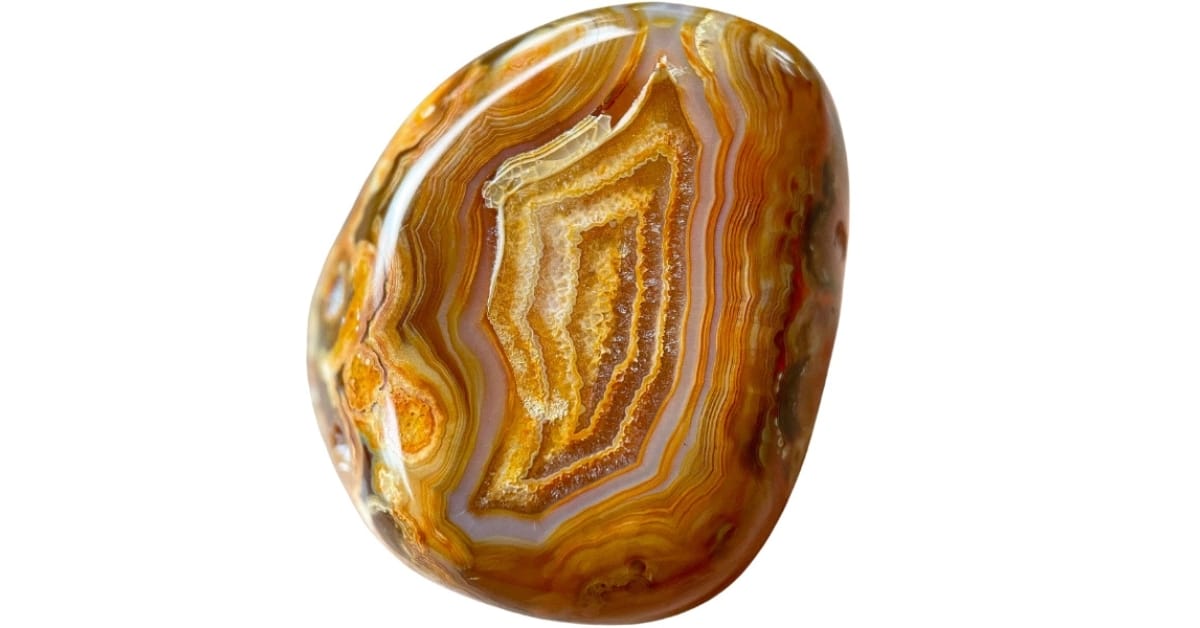Heading to the beach isn’t only about sunbathing or swimming; it can also be an adventure to find beautiful crystals! Beaches are actually hiding sparkling and colorful natural wonders that have been polished by the sea over time.
If you’re going to the beach sometime soon, it would be fun to know the crystals that you can find there. Who knows, you might stumble upon them while you’re strolling the vast seashore. Excited? We are, too!
Crystals On The Beach
Beaches can reveal a variety of beautiful and intriguing natural treasures, washed up by the waves or eroded from coastal cliffs. Here are some of the most beautiful crystals that you might be lucky to find on a beach:
Quartz
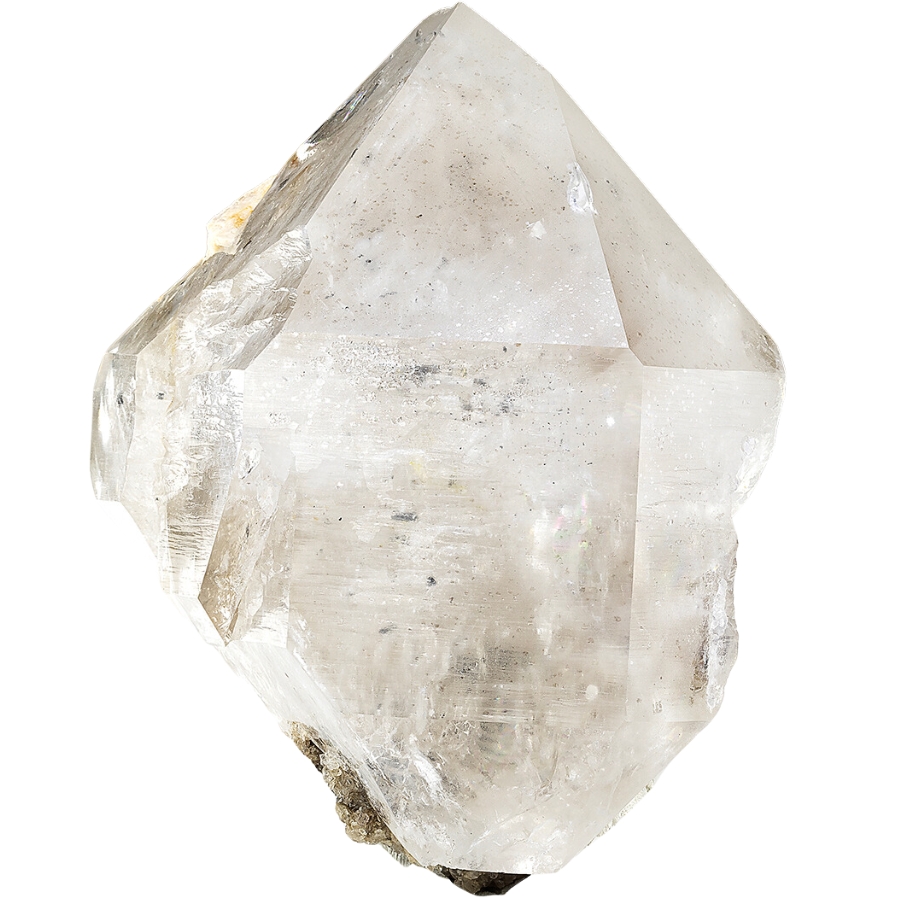
Quartz can be clear like glass or it might have a hint of pink, smoky gray, or even milky white. It forms when silica-rich solutions cool down and crystallize over time.
These crystals can survive the rough and tumble journey of being washed up by the ocean. That’s why you can find quartz as smooth, polished stones that have been naturally tumbled by the waves.
Interestingly, it’s used in making watches and clocks as it can generate an electric voltage when pressure is applied to it. This certainly adds to quartz’s value.
Agate
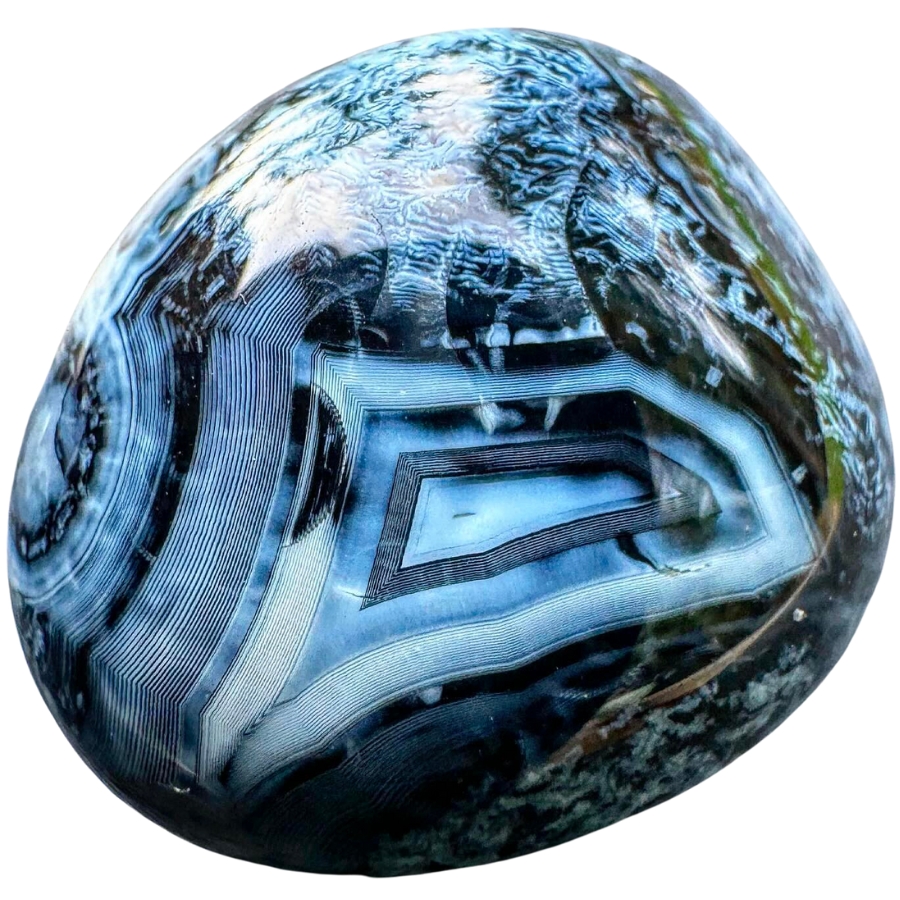
Agate stands out with beautiful bands and patterns that swirl together in colors like red, brown, white, and blue. It forms when silica from water fills cavities in rocks. As it layers, it creates the bands. These bands vary depending on the type of agate.
On beaches, agate stones are usually smooth and polished, thanks to being rolled around by the waves. They can look like shiny, banded marbles hidden among the sand and pebbles.
Throughout history, agate is not only used for making jewelry and decorative items but also for making tools and household items.
Jasper
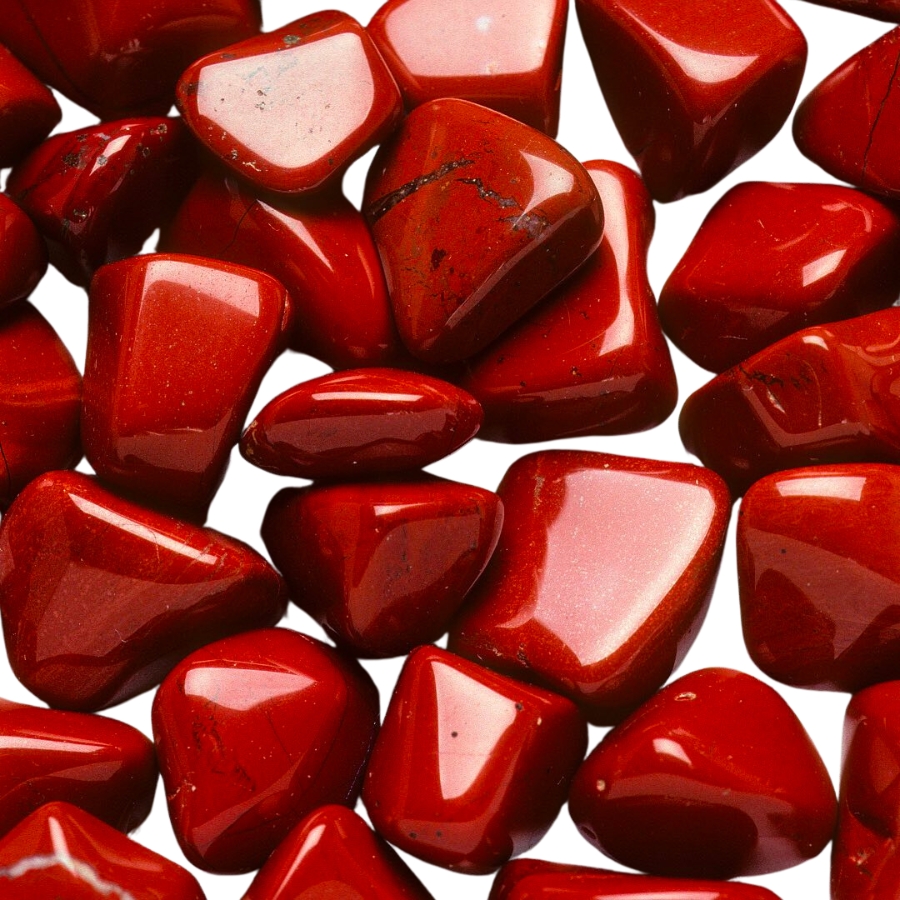
Jasper is known for its smooth surface and rich, earthy colors like red, yellow, brown, and green. It can have patterns, spots, or stripes that make identifying jasper a fun challenge. It was used to make seals in ancient civilizations.
Jasper is a type of quartz that forms when silica-rich waters soak into the tiny cracks and spaces of rocks and then harden over time. Its natural durability helps it survive the journey to the beach.
After being tossed by waves and sand, the jasper pieces you find are usually polished and smooth.
Amber
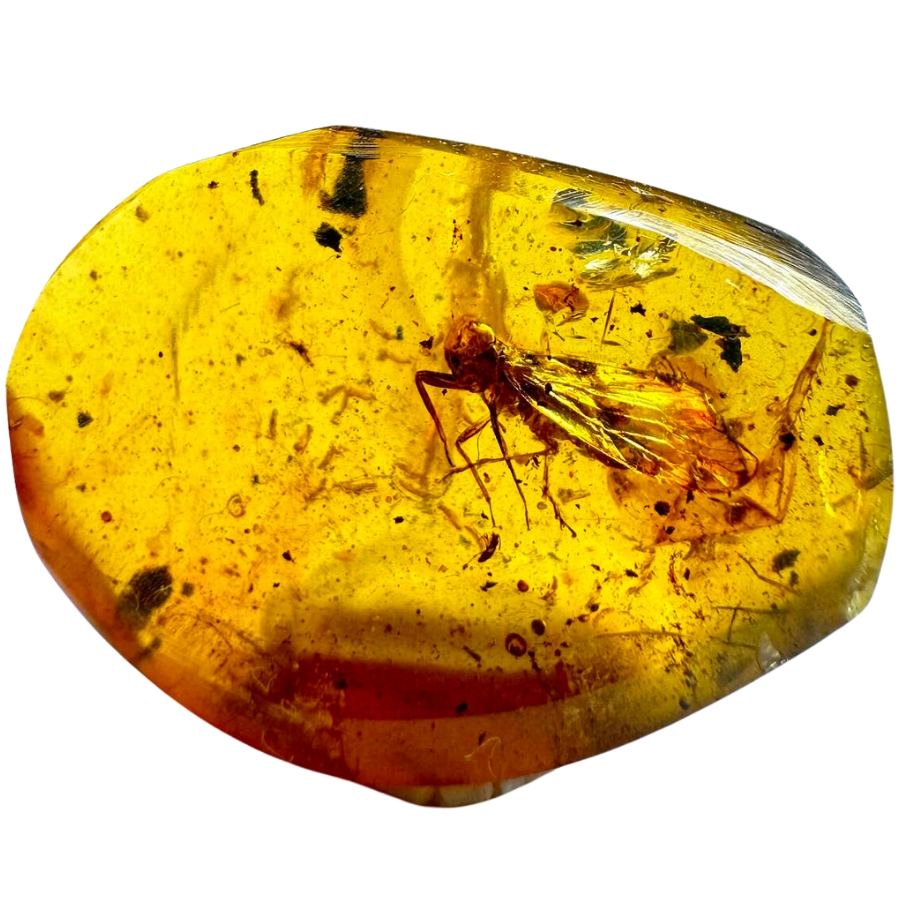
Amber is a fossilized tree resin that’s been around for millions of years. It can capture tiny bits of the past inside, like leaves or insects.
It’s formed when resin from ancient trees gets buried under the ground and hardens. The ocean waves can then wash this ancient treasure up onto the beach. It’s lighter than most rocks, which can help in identifying it among other beach finds.
There are different types of amber, depending on where it comes from. Each type can have its own unique color and sometimes even scent when warmed.
Coral
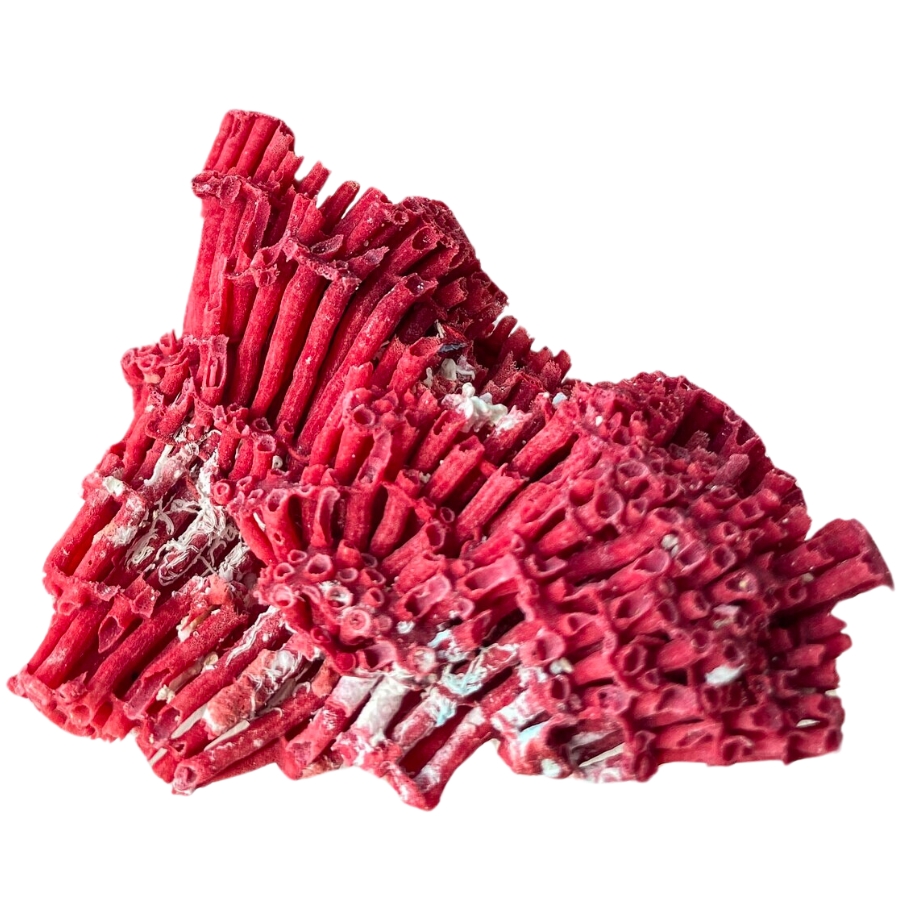
Coral is a living creature that forms colonies in the ocean. It has a hard, skeleton-like structure and it can grow in warm, shallow ocean waters.
When you find coral on the beach, it’s usually small pieces that the sea has washed ashore. These bits can look like beautiful, natural sculptures, each one unique.
The value of coral isn’t just in its beauty. Coral reefs play a crucial role in the ocean’s ecosystem, providing food and shelter for many marine animals. It’s one of the oldest forms of life on the planet.
Calcite
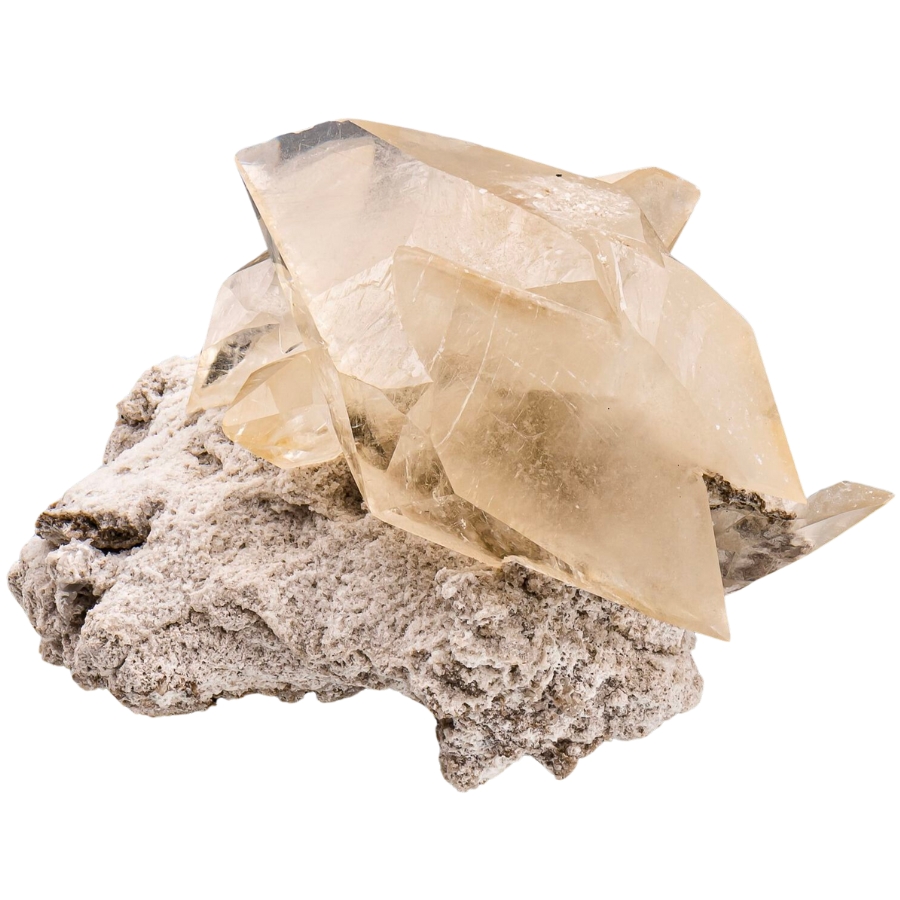
In identifying calcite, it helps to know that it comes in different colors and forms in perfect, flat-sided crystals. It can also double the image of whatever is viewed through it, thanks to its clear, transparent nature.
Calcite forms from the buildup of calcium carbonate in ocean waters. Over time, these materials can wash up on the beach, giving you a chance to find them.
Aside from being pretty, calcite is also used in making cement and in creating a smooth writing surface in the paper industry.
Pyrite
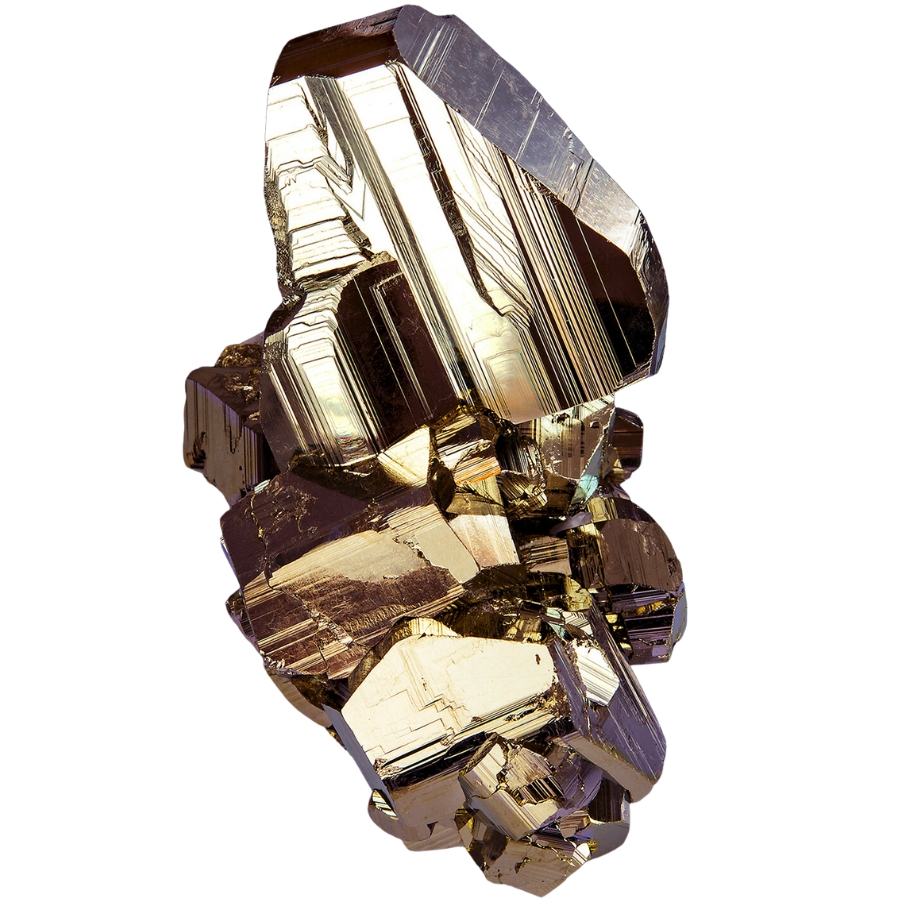
Often called fool’s gold, pyrite is a shiny, metallic-looking mineral that has a gold-like appearance. It forms in cube-shaped crystals or as round nodules.
It’s made from iron and sulfur, which gives pyrite its bright, shiny surface. Throughout history, it’s also been used to create sparks for starting fires.
Finding pyrite on the beach can be a thrilling discovery. While it’s more commonly found in mines or rocky areas, some pieces can end up on the shore, especially near cliffs or places with natural mineral deposits.
Sea Glass
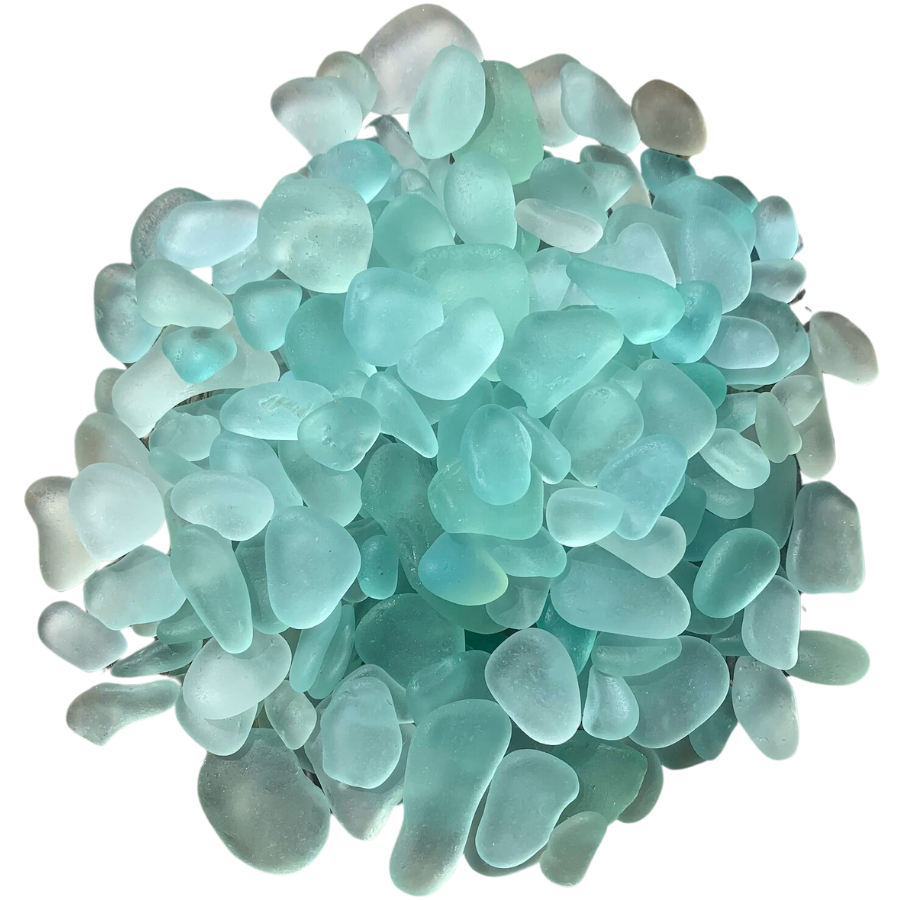
Sea glass starts as bottles or other glass items that end up in the ocean. Over time, the waves and sand smooth and frost the glass, turning it into beautiful, colorful pieces that look like gems.
It’s most often found where the ocean meets the shore, especially after storms or in areas with lots of rocks.
It’s used by artists to make jewelry and decorate picture frames or mirrors. Something that was once trash turned into something valuable!
Geode
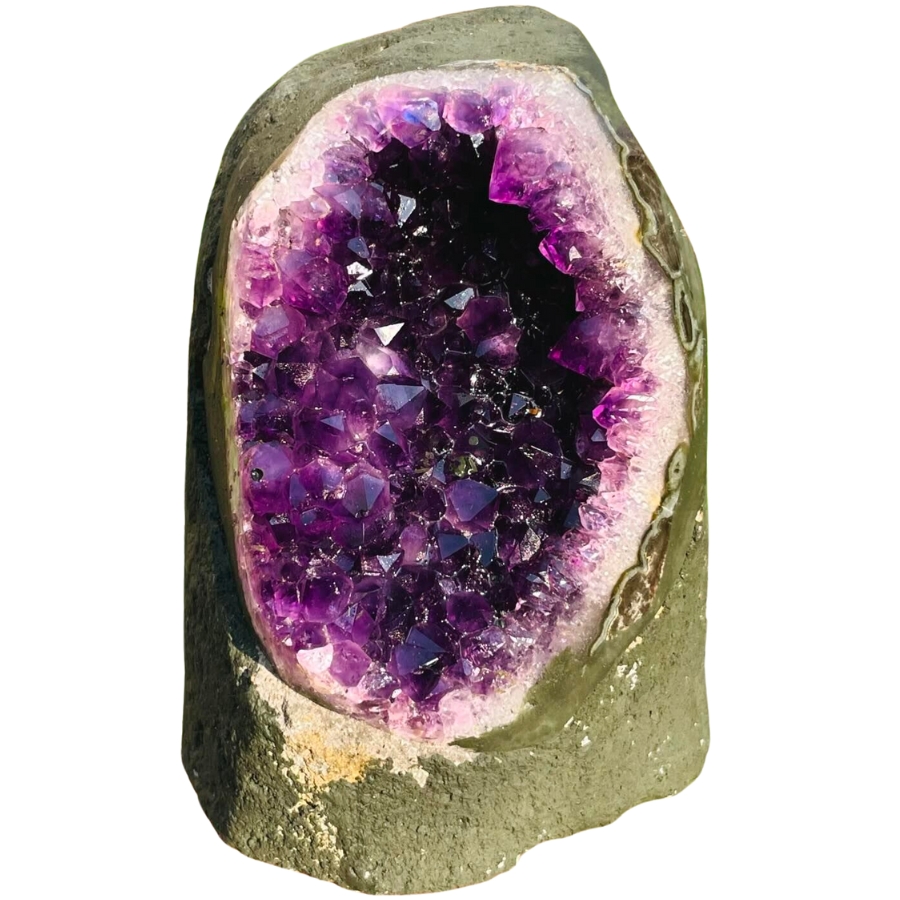
From the outside, geodes look like ordinary rocks, but inside, they’re filled with beautiful crystals. They form when minerals dissolve in water inside hollow areas of rocks. Over time, these minerals harden into crystals.
You can find geodes on the beach near cliffs or areas with volcanic rocks. The waves can wash them ashore, where you might find them lying among the pebbles and sand.
Just keep in mind that there are different types of geode and they can vary in size, from as small as a pea to as big as a car!
Moonstone
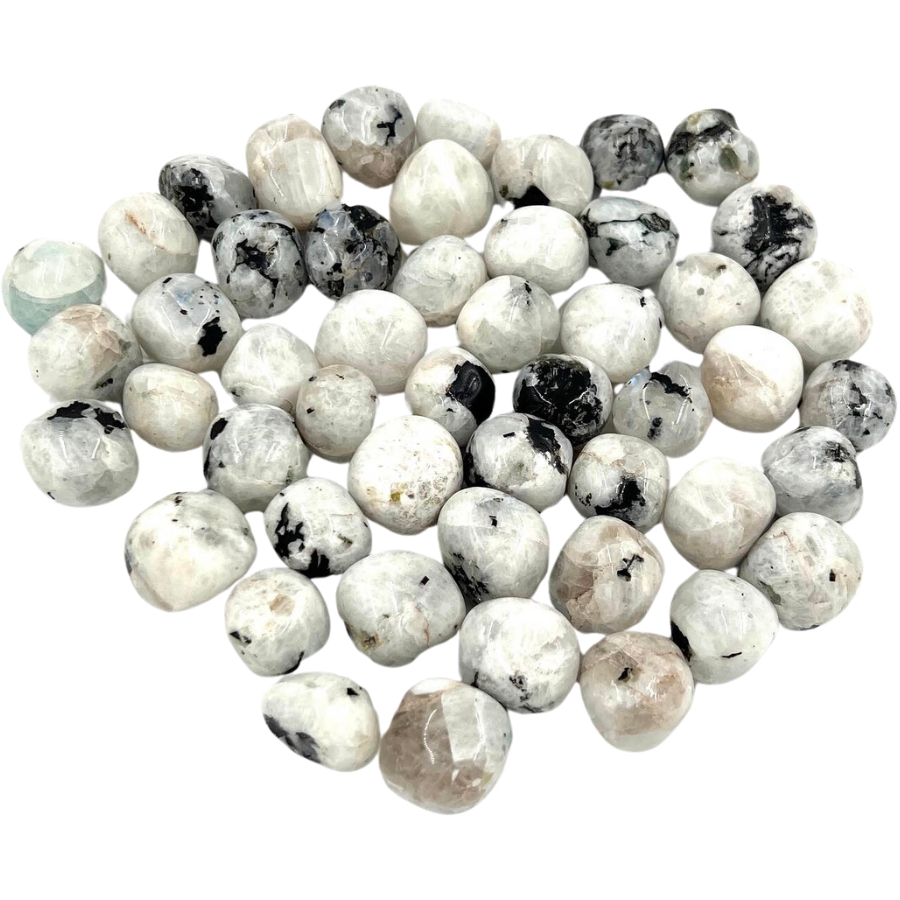
Moonstone has a pearly, shimmering surface that seems to glow from within, an effect called adularescence. It’s usually white or blue, but it can also be pink, peach, or gray.
It can get on the beach after being eroded from its original rock and smoothed by the ocean’s waves. Catching the light beautifully, it’s a favorite among beachcombers.
Moonstone’s value is influenced by its use in jewelry. The ancient Romans even believed it was made from the solidified rays of the moon.
Aquamarine
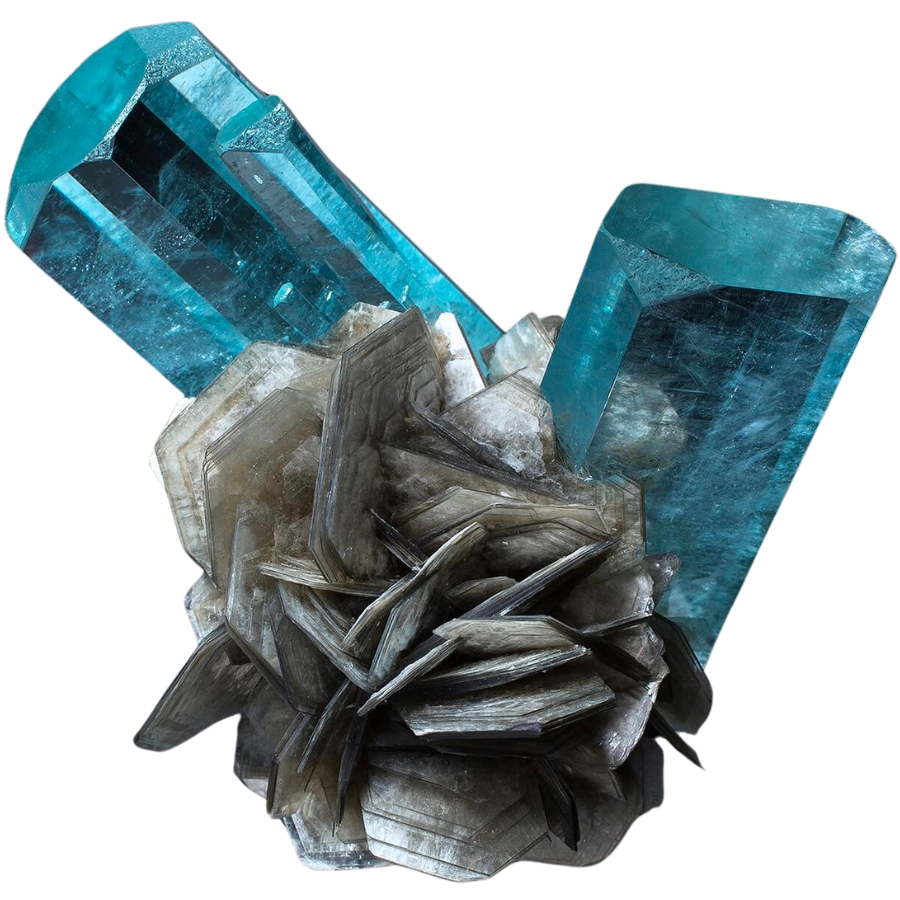
Aquamarine sparkles in shades of light blue to greenish-blue, just like the sea. It’s part of the beryl family, with colors from traces of iron.
This crystal can show up on the beach when it’s washed down from mountains into rivers and eventually makes its way to the sea. You might find small pieces of aquamarine polished by the waves as you’re beachcombing.
One of the interesting uses of aquamarine is its historical role as a talisman for sailors. They believed it would protect them and ensure a safe voyage.
Pearl
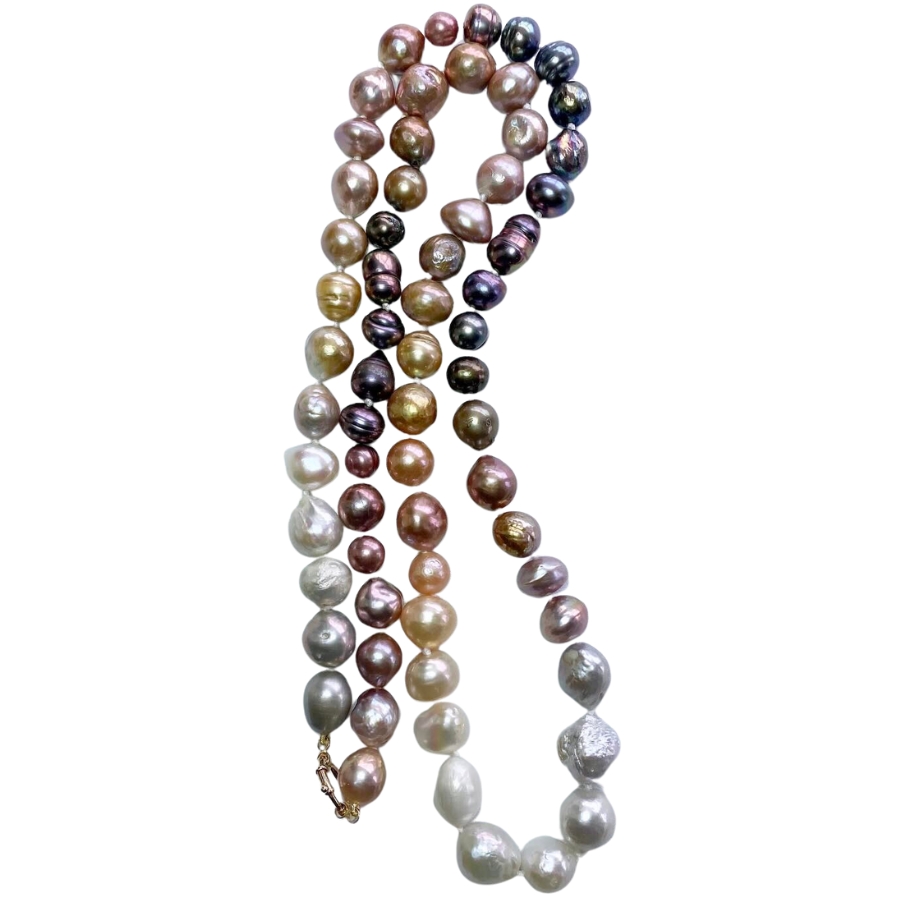
Pearls come from the sea, created inside oysters and clams. With a soft, glowing shine, they form when a tiny piece of object gets inside the shell. The oyster or clam covers it with layers of nacre, making the pearl.
The colors of pearl range from creamy white to pink, blue, and even black. People have been using them to make jewelry for thousands of years.
They usually stay inside the shell, so finding pearls on the beach can be rare. But sometimes, you might get lucky and find the shell itself with the pearl inside.
Garnet
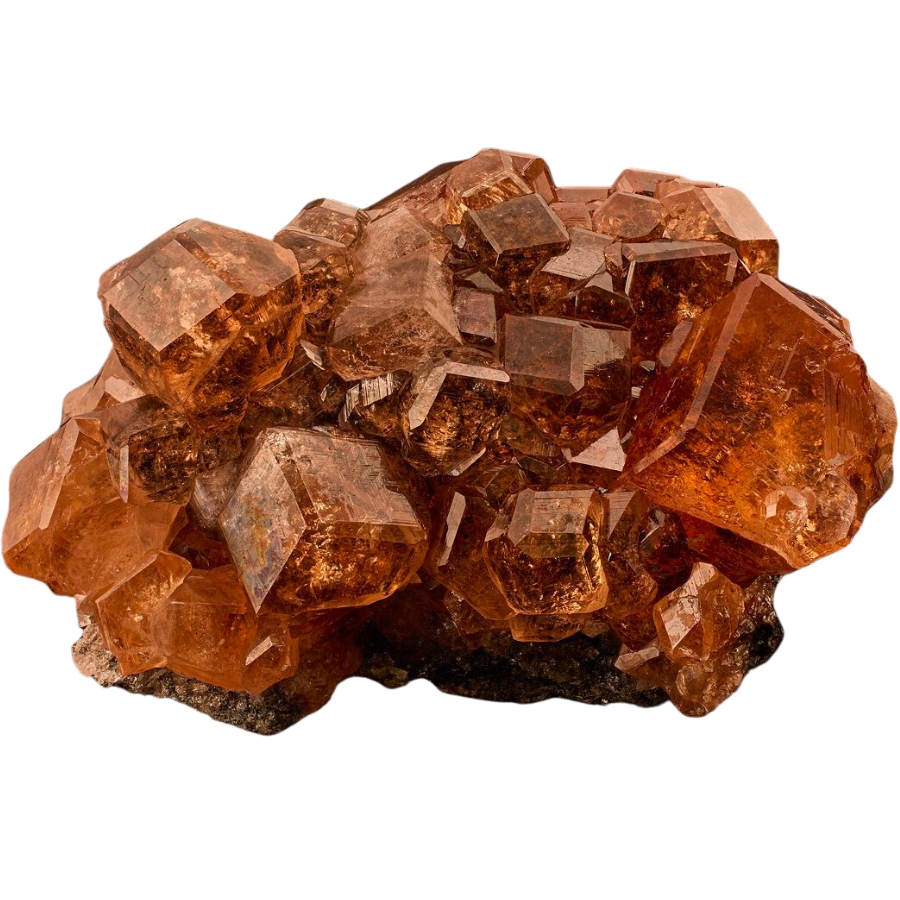
Garnet has a deep red color, though it can also be found in green, orange, and even purple. It forms in metamorphic and sometimes even volcanic rocks.
If you’re lucky, you can find garnets on the beach especially near areas with lots of rocks. These have been washed down from the hills by rivers and polished smooth by the sand and waves.
It’s been used throughout history, not only in jewelry but also as an abrasive to cut steel and other materials. This increases garnet’s value and worth.
Peridot
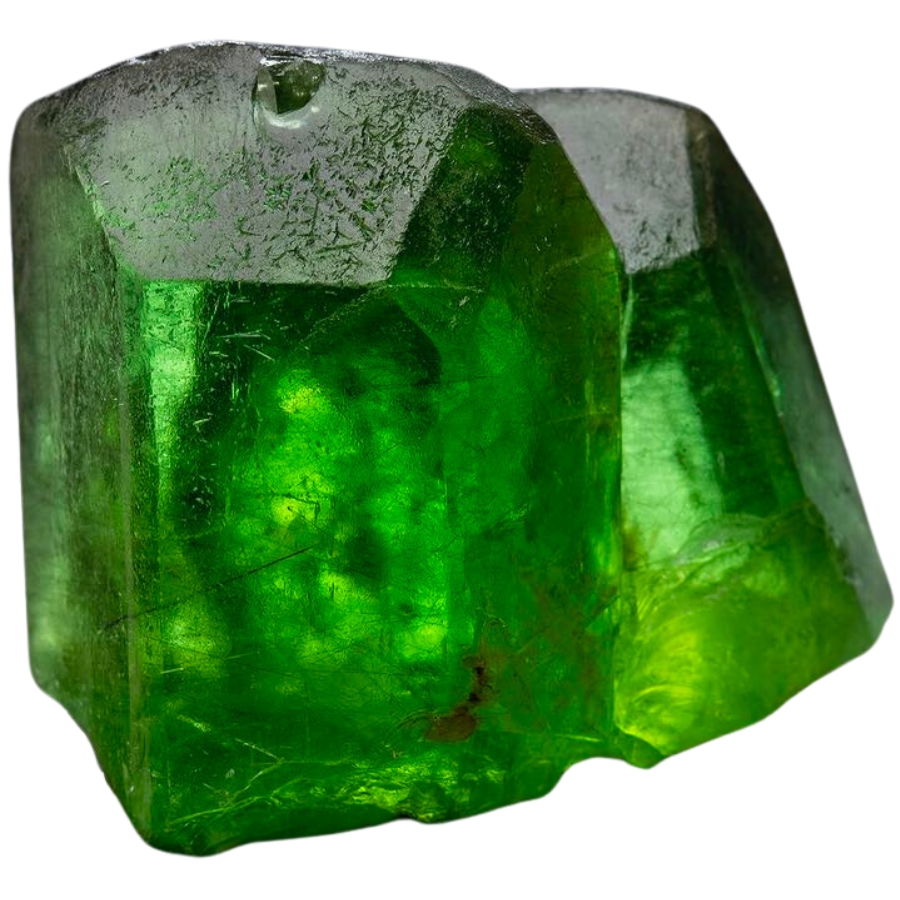
Peridot forms deep in magma, and sometimes it even comes from space, carried to Earth by meteorites! It’s made of olivine, which gets pushed up to the surface.
One interesting thing about peridot’s worth is that it’s one of the few gemstones that comes in just one color. This unique trait has made peridot prized, even being cherished by ancient Egyptians as the “gem of the sun.”
On beaches with volcanic activity, you might discover small, green peridot grains in the sand. These can make the beach look like it’s sprinkled with little green lights.
Mica
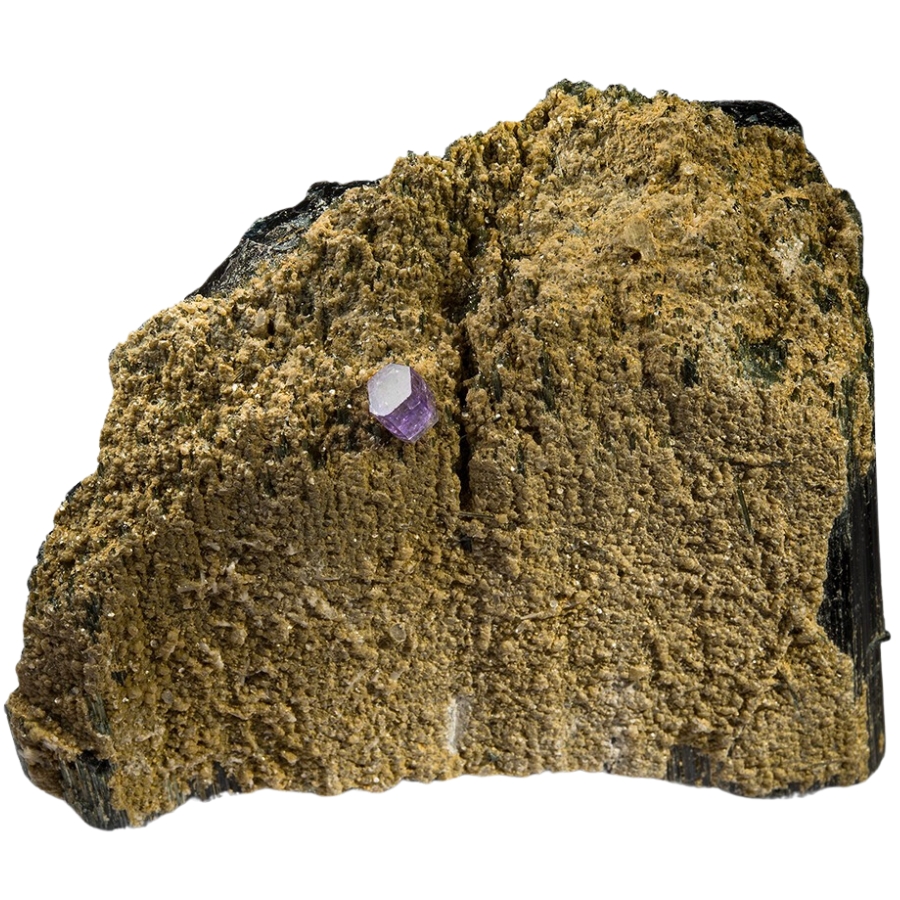
Mica looks like tiny pieces of glitter in rocks. It comes in thin sheets that can be clear, black, red, purple, and green. These sheets are so thin you can sometimes see through them or even peel them apart like pages in a book.
It can end up on the beach after being eroded from rocks and mixed into the sand. When the sun hits the sand, the mica sparkles!
Because it can withstand high temperatures, mica is used in electrical appliances to prevent overheating.
Kyanite
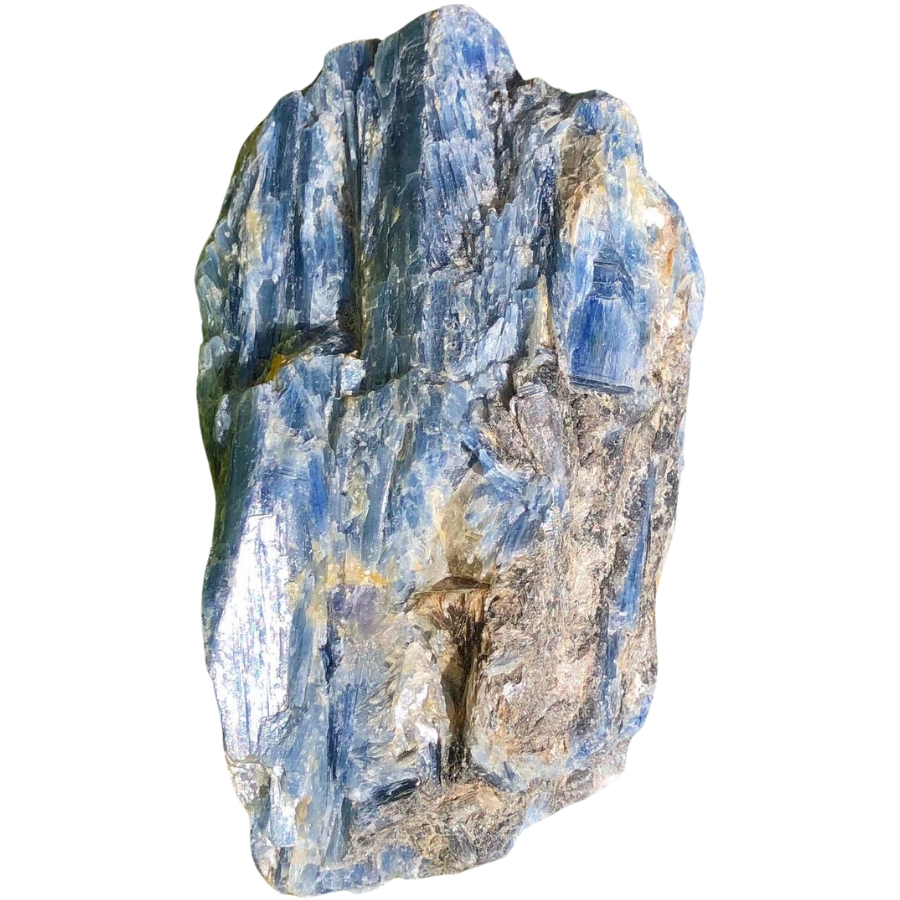
Kyanite stands out for its deep blue color, though it can also be found in green, black, and orange. It has long, thin blades or columns and forms under high pressure and temperature conditions in metamorphic rocks.
Kyanite can end up on the beach after being eroded from rocks and carried down rivers to the sea. These pieces are often polished smoothly by their journey.
Amazingly, it has varying hardnesses on the same crystal, depending on the direction you test it.

